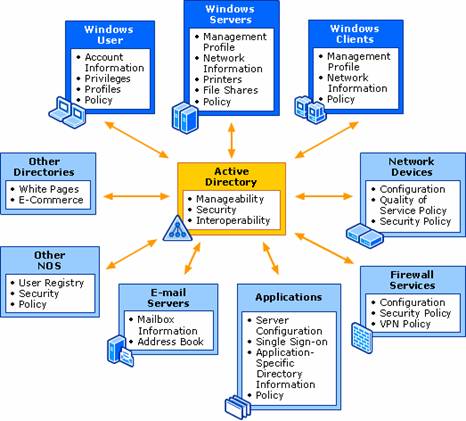In is a system that includes special features for connecting computers through LAN (Local area network) to internet. It provides connectivity among number of autonomous systems.
Network Operating Systems are based on a client/server architecture in which a server enables multiple clients to share resources.
The Network Operating System can also do the following:
Centrally manage network resources, such as programs, data and devices.
Secure access to a network.
Allow remote users to connect to a network.
Allow users to connect to other networks like the Internet.
Back up data and make sure it's always available.
Allow for simple additions of clients and resources.
Monitor the status and functionality of network elements.
Distribute programs and software updates to clients.
Ensure efficient use of a server's capabilities.
PEER TO PEER OPERATING SYSTEMS
In this system all the computers are treated as equal. This OS allow users to share files and resources located on their computer and to access the shared resources found on other computer.
In some situations, however, it is desired not to own a server. For example, a small company may not want the expense of purchasing and maintaining a server, and may not be able to handle server malfunctions that can cause a network to go down.
A peer to peer network consists of several individual workstation computers connected together.
In this network setup, there is no centralized computer that manages and processes shared data or makes tools available to workstation computers. Instead, the workstations are equipped with desktop operating system software that enables them to store and share resources with each other.





No comments:
Post a Comment